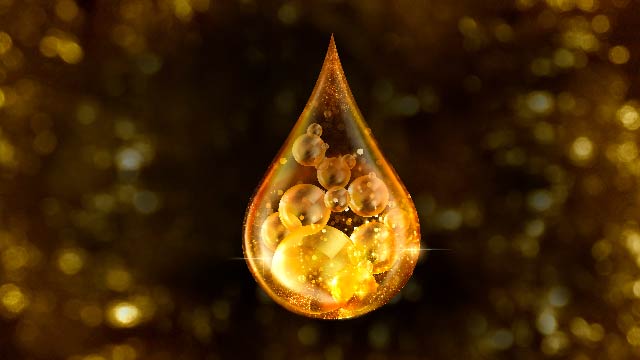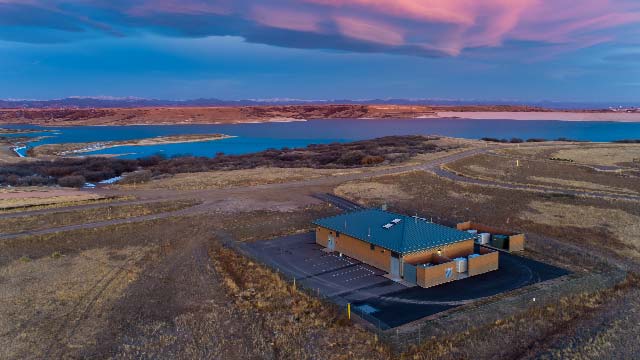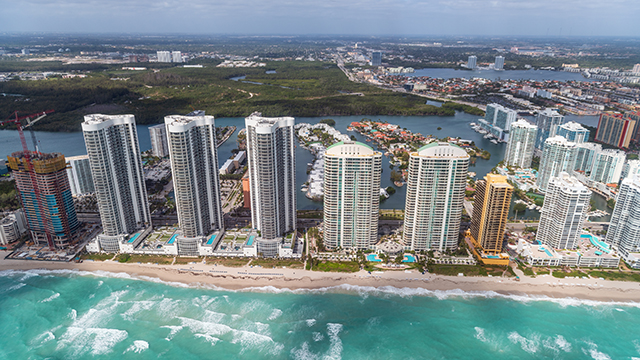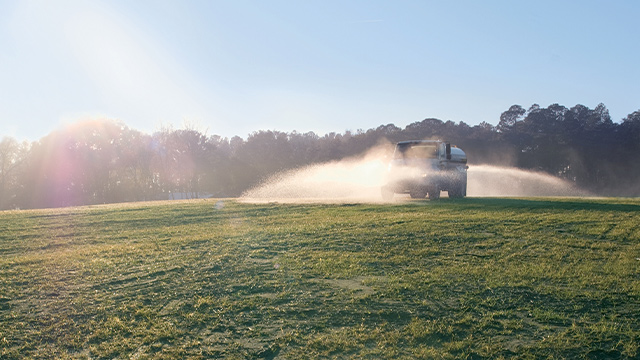The thermal hydrolysis process (THP) increases the biodegradability of wastewater residuals, thereby boosting digester loading rates, increasing biogas production, and producing a biosolids product that can be used for land fertilization.
The process kills pathogens in biosolids, thereby meeting the highest U.S. Environmental Protection Agency criteria for land application as a fertilizer, known as Class A. With THP, solids are easier to mix and pump at higher solids concentrations, which leads to increased digester loading rates. This can be appealing to facilities that need to process more solids in existing systems or need to minimize the size and number of new digesters.
“In Europe and some regions of the U.S., revenue from energy production can provide a significant additional consideration, due to high electricity costs and credits associated with green energy production.”
Martin Jolly, Black & Veatch UK Technical Director
The Benefits of Thermal Hydrolysis
Some facilities have realized savings in biosolids end-use and disposal costs, resulting from a reduction of volatile solids and better dewaterability, which leads to decreased wet cake volume, according to Martin Jolly, Black & Veatch UK Technical Director. At Davyhulme, Manchester, UK, Black & Veatch completed the construction of a $160 million plant that is capable of generating 12 megawatts of electricity from sewage sludge.
The cake product from THP facilities also has fewer odors than that from conventional digestion facilities, which makes it more appealing for beneficial reuse. Global phosphorus resources are limited, so reusing phosphorus through land application is an environmentally sustainable practice.
As the number of facilities that use thermal hydrolysis grows, those considering the technology will have more opportunities to see it in operation first-hand and understand both the challenges and successes, according to Andrew Shaw, Global Practice and Technology Leader in wastewater and sustainability for Black & Veatch.
“Farmers spend a lot of money on nitrogen and phosphorus fertilizers. So reusing biosolids as a fertilizer reduces fertilization costs for farmers, reduces management costs for utilities, and provides a real environmental benefit through sustainable reuse.”
Scott Carr, Black & Veatch’s Global Practice and Technology Leader for biosolids and residuals management
Seven Steps to Thermal Hydrolysis
| How Thermal Hydrolysis Works: |
|---|
| 1. Wastewater solids are subject to high temperature and pressure to improve digestibility. |
| 2. Injected steam heats the solids at approximately 165°C and a gauge pressure of 600 kilopascals (kPA), or 87 psi, for 20 to 30 minutes. |
| 3. The pressure is then quickly released. |
| 4. The combination of high temperature and rapid depressurization makes the material more biodegradable. |
| 5. Cells in biosolids rupture in the waste activated sludge and break down extracellular polymer, making more material available for anaerobic digestion. |
| 6. This process kills pathogens. |
| 7. The process makes the hydrolyzed sludge more digestible for microbes. |
Subject Matter Experts
Greg Knight: KnightGJ@bv.com
Martin Jolly: JollyM@bv.com
Scott Carr: CarrJS@bv.com
Andrew Shaw: ShawAR@bv.com








